BV-Camp 2021: What We Learned From It?
During the early days of my activism, I attended a BarCamp in Kathmandu, Nepal. Surprised at the fact that an event with a “Bar” in it was happening during the day, I was lured into the event due to the variety of topics that were being discussed — basically, an unconference — where people from different sectors shared ideas with slides, and the hierarchy from traditional conferences was completely removed. I attended the event only once, but ever since, I was fascinated by the concept of a BarCamp.
Originally and primarily used by tech companies, a BarCamp is defined as “an international network of user-generated conferences primarily focused around technology and the web. They are open, participatory workshop-events, the content of which is provided by participants”.
This year, after almost two years of virtual planning and team building, our (almost) fully vaccinated team decided to meet up for a BarCamp. The idea is simple: each member of the team (including our wonderful interns) came together with 2–3 ideas for the open-ended question:
how might we eradicate the gender gap in farming communities (in 2022)?
The only rules to BV-Camp?
7 slides, 7 minutes, and no follow-up questions (until the very end!). Rather than having a long-powerpoint presentation from each person, teammates were restricted by time and visual aid.
OnAugust 24, 2021, our team of 7 gathered at the Bean Voyage House (also known as The Mansion) to pitch a total of 18 ideas to the aforementioned question. Ideas were primarily within two categories — programs and growth. Programmatic ideas including a new expansion for BV in Mexico (more on that coming soon), to introducing a new accelerator-style Care Training that couples our existing training curriculum with seed fund for farmers to implement farm improvement projects. On the growth end, we had a range of ideas that went from introducing a wider array of BV-Merchandise such as the Keep Cup (who’s interested?) to the concept of hosting annual “lunch and learn” events at companies that often recruit conscious consumers (shoutout to Maika Isogawa for hosting one at Microsoft last week!).
Of all the ideas, we took vigorous notes, shared our excitement for what’s coming up in 2022, and then wrapped the night with a series of goodbyes, welcomes, and birthday celebrations!
Next up, our team took a deeper look at the ideas, voting on the ideas that felt more closely connected with our mission statement of “eradicating the gender gap in farming communities”. If the idea was complementary, then we voted it up, if it took us a little bit of mission stretching to ensure that the idea fell within the mission, then we voted it down, till we had our top 4 ideas on each category.
However, ideation often is the easier part of a human-centered design process — where quantity matters more than quality. The next step of the process (after the actual BarCamp) was hosting a day-long retreat to discuss the top-voted ideas and unpacking each idea from various angles (including fundraising and hosting a post-mortem). At the end of the day, our team agreed on two specific projects that we want to focus on in 2022.
Why two? We know that over the course of the next few months we will receive opportunities to collaborate with unique partners and we will need to make room for new projects. At any given time, our team is managing 4–5 projects, however, many times those projects do not come from an annual planning process. Therefore, the two projects are our anchor — guiding light towards our strategic plan for 2022 — and then we will keep our portfolio (and minds) open for new projects that may come across our desk as the year unfolds. This allows us to remain agile while being strategic in our planning process.
Right now, I am in the process of drafting a master proposal with all of the top two ideas, and over the next 4–5 months, our team will be busy building strong partnerships with value-aligned organizations to ensure successful execution.
If I could reflect back on this year’s BarCamp (or should I say BV-Camp), here are some tips for anyone interested in hosting a BarCamp at their organizations:
Send our BarCamp instructions ahead of time (we sent ours two weeks in advance, and learned that it was not enough for the team to explore new ideas (although they were brilliant this year);
Host two-day strategic sessions rather than one following the BarCamp so that there is less time crunch for the team to explore, imagine and unpack what was shared during the BarCamp. Make sure that you allocate adequate time to address all the questions and host post-mortem exercises!
Have more snacks — research shows that food can be an excellent fuel for the mind, and having a wide array of snacks to enjoy during a planning session can boost motivation (we had brie cheese and crackers, pop-corns, and coffee + other drinks this year!). The important aspect of the BarCamp is that it creates a casual and relaxed environment to encourage the team to share wild ideas openly. Snacks, drinks, and music are a must!
Watch our Instagram and sign up for our newsletter for more regular updates on our 2022 plans — we will initially share our updates with our strategic plans, followed by a more public announcement as these become finalized. If you’re reading this, and feel excited to learn more about our programs, and potentially volunteer your time and wisdom, feel free to get in touch with me!
Written by Abhinav Khanal
Edited by Kayla Sippl


